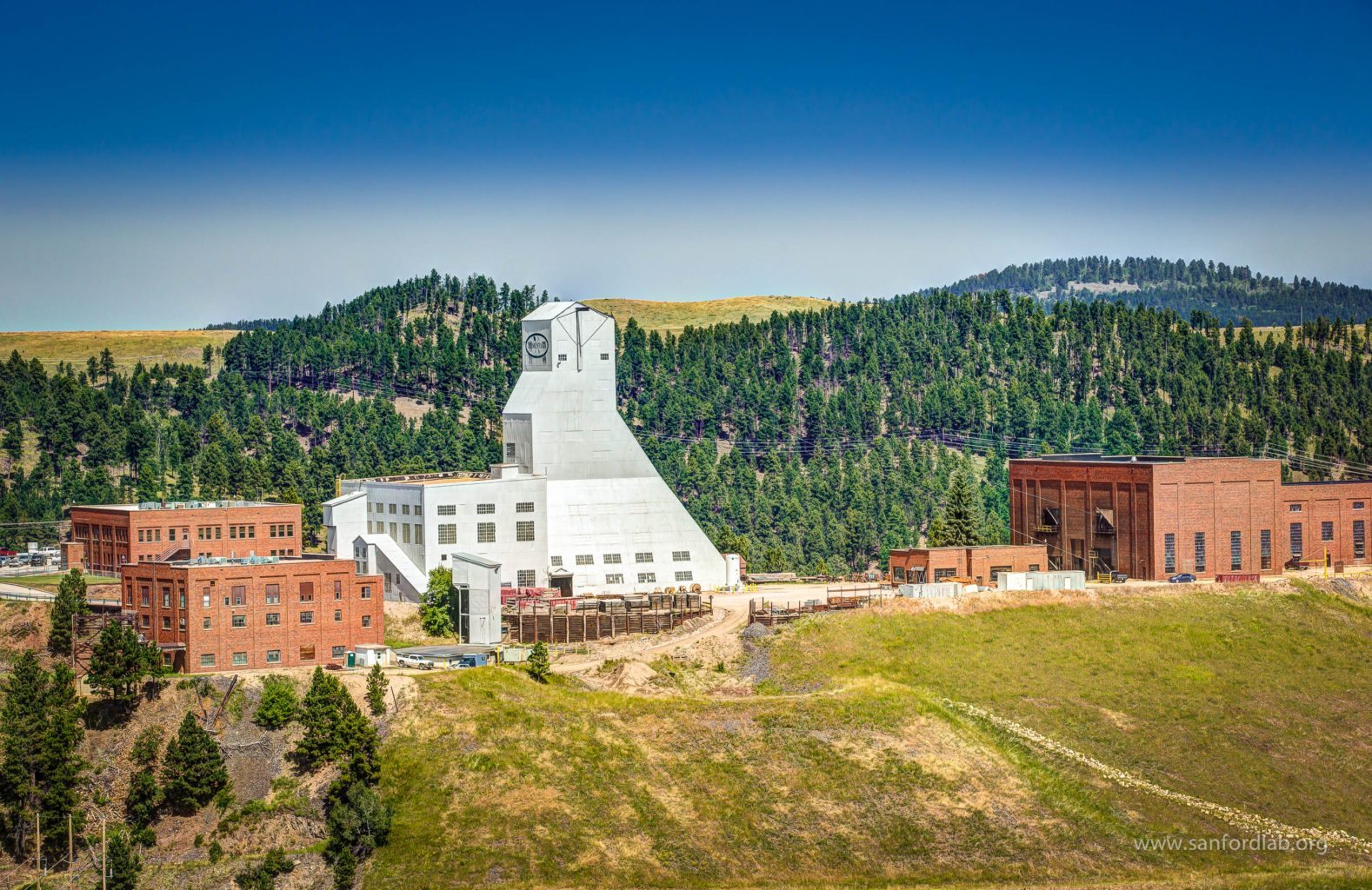Warwick scientists aim to discover why our Universe is matter-dominated
Warwick scientists are collaborating with an international team of 1000 scientists to work on the Deep Underground Neutrino Experiment, or DUNE, to learn about the nature of neutrinos. This will be done by studying their interactions in search for any unknown subatomic phenomena, so we can better understand the role of matter in the Universe.
Neutrinos are one of the most abundant particles in the universe, and are produced in nuclear reactions in stars, as well as here on Earth. There are three known types of neutrinos: electron neutrinos, muon neutrinos and tau neutrinos. Neutrinos have the strange capability of being able to change their type after travelling a few hundred kilometres. The scientists will be studying this property in order to answer fundamental questions about the Universe.
The scientists will be studying this property in order to answer fundamental questions about the Universe…
Professor Gary Barker, from the Warwick Physics department, is leading the DUNE-Warwick work force for the reconstruction of neutrino interactions. He says, “This new experiment will look for an answer to one of the most fundamental questions in physics: why do we see only matter in the Universe when equal quantities of matter and antimatter were created in the Big Bang? It is possible that neutrinos hold the key to this mystery, and DUNE will enable us to find out.”
DUNE will begin by generating an intense beam of neutrinos in Illinois’ Fermilab, which will travel at nearly at the speed of light, from where it will be detected at 500 metres. This is too short a distance for any change in neutrino type to take place. The beam will then travel for a further 1300 kilometres through the Earth’s mantle to detectors in South Dakota. The neutrinos’ four-millisecond trip will enable scientists to analyse the changes in the neutrino-type as well as identify any differences between neutrinos and anti-neutrinos.
The DUNE Far Detector is expected to be the largest cryogenic instrument ever placed underground. It houses four cryostats each containing 17,000 metric tons of liquid argon stored at 89 K where the detector elements will be immersed. Professor Barker’s team is contributing to the development of electronics that can function at the low temperatures at which the liquid argon is stored whilst still being able to digitise the data as close to the source signal as possible.
Professor Barker’s team is contributing to the development of electronics that can function at the low temperatures at which the liquid argon is stored…
DUNE will hopefully be able to record neutrino signals from supernovae in the Milky Way to give insight into the formation of neutron stars and potentially even the birth of black holes. DUNE will also be able to detect proton decay, if it occurs. The proton has a lifetime of billions and billions of years, but theoretical models suggest that protons are unstable and can decay at any given moment. Scientists hope to observe proton decay, in order to improve understanding of these models.
Through the analysis of neutrinos, scientists will be able to understand why the universe is matter-dominated instead of the matter contents having been annihilated just after the Big Bang. Observing neutrinos from supernovae as well as proton decay would improve our understanding of the unification of forces, potentially answering key questions with regards to the origin of matter.

Comments